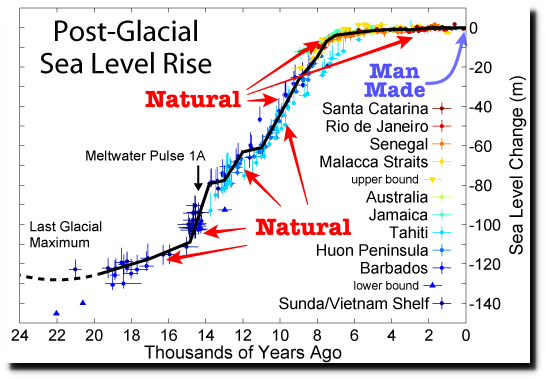
Arctic Ice Roaring Back Following Halloween
The animation shows Arctic ice recovery from October 10 to October 31, 2022. On the lower center right, Canadian Arctic Archipelago (CAA) freezes over entirely more than doubling up to 832k km2, 97% of its maximum. Center bottom Beaufort Sea closes off the NW passage, reaching 1 Wadham in just that basin, 95% of its max. On the left, the Russian shelf seas fill with ice, closing off the Northern Sea Route. Laptev and East Siberian seas reached 100% of their maxes, together adding 2 Wadhams of ice extent.
The graph below shows Mid November daily ice extents for 2022 compared to 16 year averages, and some years of note. As of yesterday, Arctic ice extent tops 10 Wadhams, or 10M km2.
 The black line shows during this period on average Arctic ice extents increase ~3.5M km2 from ~6.4M km2 up to ~9.9M km2. The 2022 cyan MASIE line started the month 90k km2 above average and on day 320 increased its surplus to 200k km2. The Sea Ice Index in orange (SII from NOAA) tracked MASIE the entire month with slightly lower extents. 2007 started with an 700k km2 deficit, but ended virtually average. 2020 had the lowest extent in the record, starting 1.1M km2 down and ending 600k km2 in deficit.
The black line shows during this period on average Arctic ice extents increase ~3.5M km2 from ~6.4M km2 up to ~9.9M km2. The 2022 cyan MASIE line started the month 90k km2 above average and on day 320 increased its surplus to 200k km2. The Sea Ice Index in orange (SII from NOAA) tracked MASIE the entire month with slightly lower extents. 2007 started with an 700k km2 deficit, but ended virtually average. 2020 had the lowest extent in the record, starting 1.1M km2 down and ending 600k km2 in deficit.
Why is this important? All the claims of global climate emergency depend on dangerously higher temperatures, lower sea ice, and rising sea levels. The lack of additional warming is documented in a post Still No Global Warming March 2022
The lack of acceleration in sea levels along coastlines has been discussed also. See USCS Warnings of Coastal Flooding
Also, a longer term perspective is informative:
 The table below shows the distribution of Sea Ice on day 320 across the Arctic Regions, on average, this year and 2007.
The table below shows the distribution of Sea Ice on day 320 across the Arctic Regions, on average, this year and 2007.
| Region | 2022320 | Day 320 Average | 2022-Ave. | 2007320 | 2022-2007 |
| (0) Northern_Hemisphere | 10072814 | 9872802 | 200012 | 9824193 | 248621 |
| (1) Beaufort_Sea | 1051741 | 1065159 | -13418 | 1059182 | -7441 |
| (2) Chukchi_Sea | 606810 | 653669 | -46859 | 519486 | 87324 |
| (3) East_Siberian_Sea | 1087137 | 1077200 | 9937 | 1055581 | 31557 |
| (4) Laptev_Sea | 897845 | 897567 | 278 | 897845 | 0 |
| (5) Kara_Sea | 716470 | 671740 | 44729 | 774297 | -57827 |
| (6) Barents_Sea | 121787 | 166029 | -44242 | 149482 | -27695 |
| (7) Greenland_Sea | 463580 | 470580 | -7000 | 533946 | -70365 |
| (8) Baffin_Bay_Gulf_of_St._Lawrence | 693335 | 527100 | 166236 | 545899 | 147437 |
| (9) Canadian_Archipelago | 854843 | 851090 | 3753 | 852539 | 2304 |
| (10) Hudson_Bay | 315416 | 250421 | 64995 | 244531 | 70885 |
| (11) Central_Arctic | 3178409 | 3176760 | 1649 | 3163043 | 15366 |
The overall surplus to average is 200k km2, (2%). Small deficits in Chukchi and Barents seas are more than offset by surpluses elsewhere, especially Baffin and Hudson Bays and Kara sea. 2022 ice extent exceeds that of 2007 by 1/4 Wadham, most of the difference being in Chukchi and Baffin Bay.


Illustration by Eleanor Lutz shows Earth’s seasonal climate changes. If played in full screen, the four corners present views from top, bottom and sides. It is a visual representation of scientific datasets measuring Arctic ice extents.

Reblogged this on Climate Collections.
LikeLike
Everyday our world shows us the absurdity that are claims of global warming, and every day world leaders tell us we have to submit to their rules to stop living.
LikeLiked by 1 person